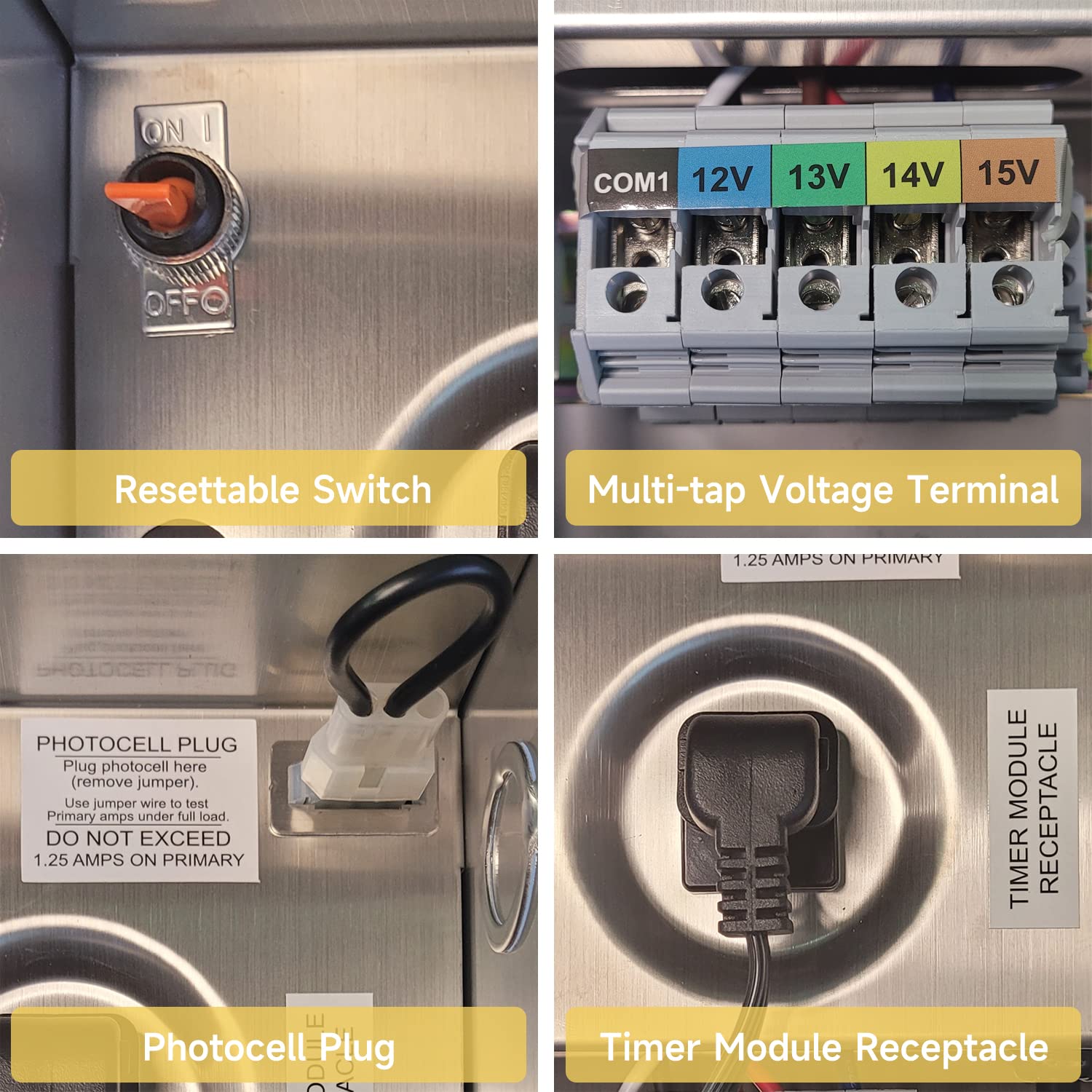Electrical accidents can have devastating consequences, ranging from minor injuries to fatalities. It is crucial to prioritize safety measures to prevent such incidents, and safety transformers play a vital role in ensuring electrical safety.

Understanding Safety Transformers
Safety transformers, also known as isolation transformers, are designed to isolate the primary and secondary windings, thereby preventing the transmission of electrical current between the input and output circuits. This isolation helps in mitigating the risk of electric shock and other electrical hazards.
The Role of Safety Transformers in Electrical Safety
One of the primary functions of safety transformers is to provide a barrier against electrical faults and short circuits. By isolating the circuits, these transformers prevent the occurrence of ground faults and minimize the risk of electrical fires, which can be particularly hazardous in industrial settings.
Furthermore, safety transformers are instrumental in reducing the potential for electric shock. In scenarios where individuals come into contact with electrical equipment or circuits, the presence of safety transformers can significantly lower the risk of severe injuries or fatalities.
Applications of Safety Transformers
The importance of safety transformers in preventing electrical accidents is evident across various applications. In the construction industry, where workers are exposed to a multitude of electrical hazards, safety transformers are utilized to power tools and equipment, ensuring a safer work environment.
Moreover, safety transformers are widely employed in healthcare facilities to power medical equipment. The isolation provided by these transformers is critical in safeguarding patients, medical staff, and sensitive equipment from electrical disturbances.
Enhancing Electrical Safety with Safety Transformers
Integrating safety transformers into electrical systems is a proactive approach to enhancing safety measures. These transformers not only reduce the risk of electrical accidents but also contribute to the overall reliability and efficiency of electrical installations.
By isolating circuits and preventing the propagation of electrical faults, safety transformers promote a safer working environment and protect valuable equipment from damage. This, in turn, leads to increased productivity and cost savings by minimizing downtime and repair expenses.
It is essential for individuals and organizations to recognize the significance of safety transformers in preventing electrical accidents and prioritize their incorporation into electrical systems.
In conclusion, the importance of safety transformers in preventing electrical accidents cannot be overstated. These transformers serve as a crucial line of defense against electrical hazards, offering isolation and protection in diverse applications. By understanding their role and embracing their use, we can significantly reduce the occurrence of electrical accidents and create safer environments for everyone.



